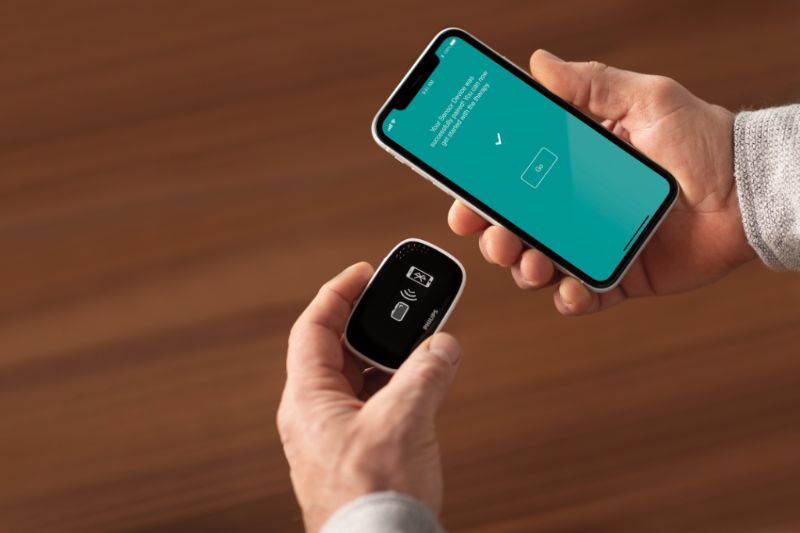
Royal Philips has introduced a prescription sleep position therapy device called NightBalance to help people with positional obstructive sleep apnoea (OSA).
Philips NightBalance delivers positional therapy by sending gentle vibrations to encourage patients to changes their sleeping positions in order to prevent apnoeas.

Discover B2B Marketing That Performs
Combine business intelligence and editorial excellence to reach engaged professionals across 36 leading media platforms.
The device is designed to provide a mask-free alternative to current positional OSA therapies. It comes with wireless connectivity and a mobile app to track its use.
Philips Sleep OSA business leader Mark D’Angelo said: “The right sleep therapy varies person-to-person, and for those who suffer from positional obstructive sleep apnoea, it can be defeating when traditional therapies don’t meet their specific needs.
“With Philips NightBalance, positional obstructive sleep apnoea patients now have a non-invasive and comfortable treatment option that can be successful, resulting in long-term therapy adherence.”
Statistics show that more than 100 million people are currently affected by OSA. Of these patients, between 36% and 47% have positional OSA, which is characterised by breathing disturbances when a person sleeps on the back.

US Tariffs are shifting - will you react or anticipate?
Don’t let policy changes catch you off guard. Stay proactive with real-time data and expert analysis.
By GlobalDataPhilips NightBalance is expected to help treat positional OSA patients who did not experience an adequate response to other therapies. The device has been evaluated in several clinical studies.
A recent study published in the Journal of Clinical Sleep Medicine found the device to be non-inferior to continuous positive airway pressure (CPAP).
The company added that NightBalance had high adherence rates and was used for a longer duration than PAP therapy. The device was used by 74% of patients for more than four hours versus 64.9% on PAP.
Following the launch, the device will be available in the US, UK, Austria, Germany, the Netherlands, Switzerland, Belgium and Luxembourg.
In April, Philips introduced an over-the-nose continuous positive airway pressure (CPAP) mask called DreamWisp for sleep apnoea patients.



